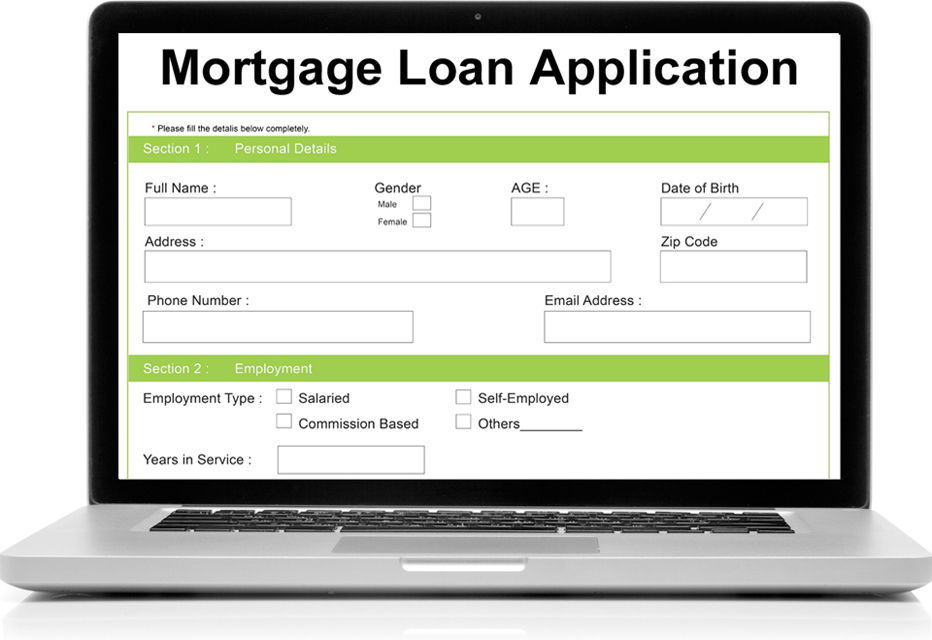October 7, 2011 (Chris Moore)
Monthly national home prices fell for the first time in four months in August, declining 0.4 percent according to CoreLogic’s August Home Price Index (HPI), signaling the end of the traditional summer selling season.
As home prices have increased since April, the gap between the current month’s price and prices from the previous year has narrowed. Despite the price decline in August, home prices were 4.4 percent lower than the previous year, but in July the gap was 4.8 percent, in June it was 6.0 percent, in May it was 7.4 percent and in April it was 7.5 percent.
Although prices in August dropped modestly, year-over-year prices were only 0.7 percent lower when excluding distressed property sales. In July, the decline would have been 1.7 percent when excluding distressed property sales despite an overall monthly price increase.
Compared to the market peak in April 2006, home prices have declined 30.5 percent when including distressed property sales and when excluding distressed property sales, home prices have dropped 21.0 percent since the market peak.
CoreLogic defines distressed property sales as short sales and real estate owned (REO) transactions.
“Although the calendar says August, the end of the summer traditionally marks the beginning of ‘fall’ for the housing market as it begins to prepare for ‘winter.’ So the slight month-over-month decline was predictable, particularly given the renewed concerns over a double-dip recession, high negative equity, and the persistent levels of shadow inventory. The continued bright spot is the non-distressed segment of the market, which is only marginally lower than a year ago and continues to exhibit relative strength,” said Mark Fleming, chief economist for CoreLogic.
Eighty out of the top 100 Core Based Statistical Areas (CBSAs) experienced year over year price declines in August 2011, which was a decrease from 88 reported in July 2011.
The five states with the highest year-over-year (YOY) appreciation including distressed sales were: West Virginia (+8.6 percent), Wyoming (+3.6 percent), North Dakota (+3.5 percent), New York (+3.2 percent), and Alaska (+2.2 percent). In July 2011, those states were: West Virginia (+14.0 percent), New York (+3.3 percent), Wyoming (+3.2 percent), Mississippi (+2.4 percent), and the District of Columbia (+2.3 percent).
The five states with the greatest YOY depreciation including distressed sales were: Nevada (-12.4 percent), Arizona (-10.7 percent), Illinois (-9.6 percent), Minnesota (-7.8 percent), and Georgia (-7.2 percent). In July 2011, those states were Nevada (-12.2 percent), Arizona (-11.9 percent), Illinois (-10.0 percent) Minnesota (-8.6 percent), and Idaho (-7.8 percent).
The five states with the highest YOY appreciation excluding distressed sales were: West Virginia (+10.7 percent), Mississippi (+4.8 percent), Hawaii (+4.4 percent), North Dakota (+4.2 percent), and Kansas (+3.7 percent). In July 2011, those states were: West Virginia (+16.8 percent), South Carolina (+5.5 percent), New York (+4.1 percent), Wyoming (+3.8 percent), and North Dakota (+3.6 percent).
The five states with the greatest YOY depreciation excluding distressed sales were: Nevada (-8.8 percent), Arizona (-8.3 percent), Delaware (-4.9 percent), Michigan (-4.3 percent), and Minnesota (-4.2 percent). In July 2011, those states were: Nevada (-9.6 percent), Arizona (-8.1 percent), Delaware (-6.5 percent), Minnesota (-5.7 percent), and Michigan (-4.7 percent).
Tags: CoreLogic, home prices, distressed property sales, appreciation, depreciation
Sources:
CoreLogic



